As a baseball fan, there’s nothing quite like watching a game at a large, imposing stadium. But for those looking for a more intimate experience, there are some much smaller stadiums in MLB. Here are the smallest MLB stadiums based on seating capacity.
- Progressive Field
- loanDepot Park
- Fenway Park
- Kauffman Stadium
- Target Field
- PNC Park
- Petco Park
- Globe Life Field
- Guaranteed Rate Field
- Comerica Park
- Truist Park
1. Progressive Field
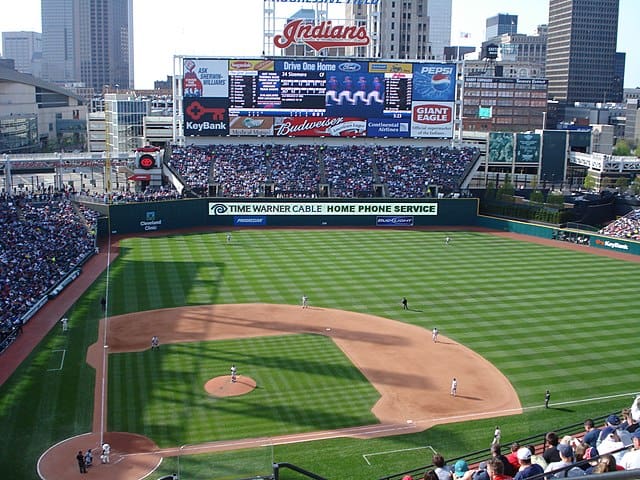
Progressive Field is located in the downtown area of Cleveland, Ohio, and is home to the Cleveland Guardians. The ballpark opened in 1994 as Jacobs Field but was later renamed Progressive Field in 2008. The listed seating capacity for Progressive Field is 42,865 people but has since been modified to accommodate 34,830 people.
The Guardians have won ten Central Division titles and three American League pennants at Progressive Field. Progressive Field is part of the Gateway Sports and Entertainment Complex, which also includes Rocket Mortgage FieldHouse.
2. loanDepot Park
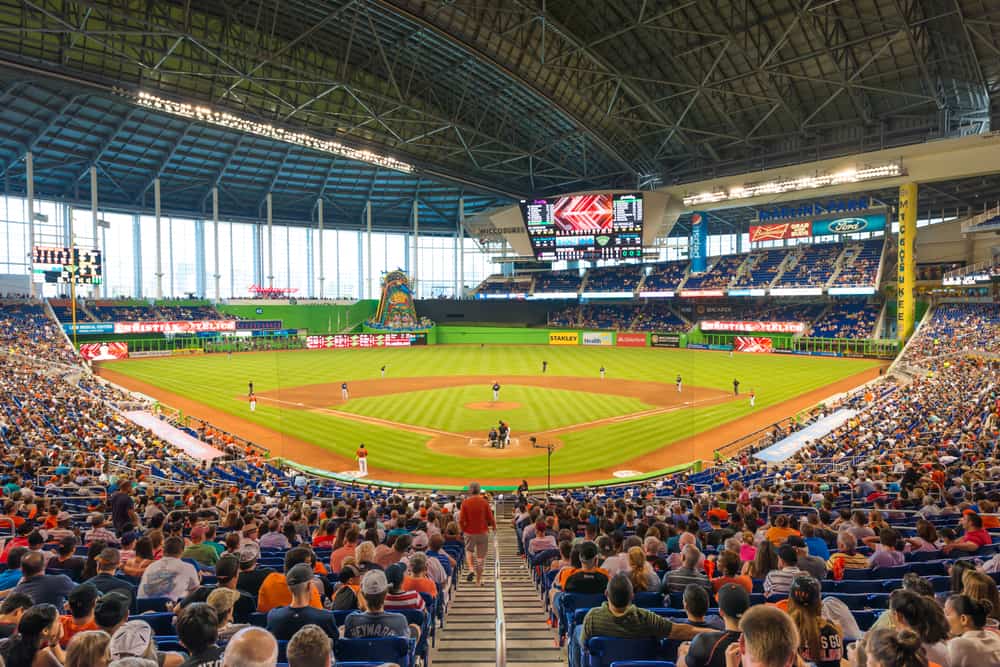
loanDepot Park is a retractable roof stadium located in Miami, Florida. It is the home of Major League Baseball’s Miami Marlins. Construction was completed in March 2012 for the 2012 season, and it was LEED certified as the greenest MLB park in 2012. The building is the sixth MLB stadium to have a retractable roof, and with a seating capacity of 37,442, it is the second-smallest stadium in Major League Baseball by capacity.
The facility has hosted multiple events, such as World Baseball Classic matches, the 2017 Major League Baseball All-Star Game, soccer matches, fundraising galas, and more. Thanks to these sustainable features, loanDepot Park is one of the most eco-friendly stadiums in the world.
3. Fenway Park
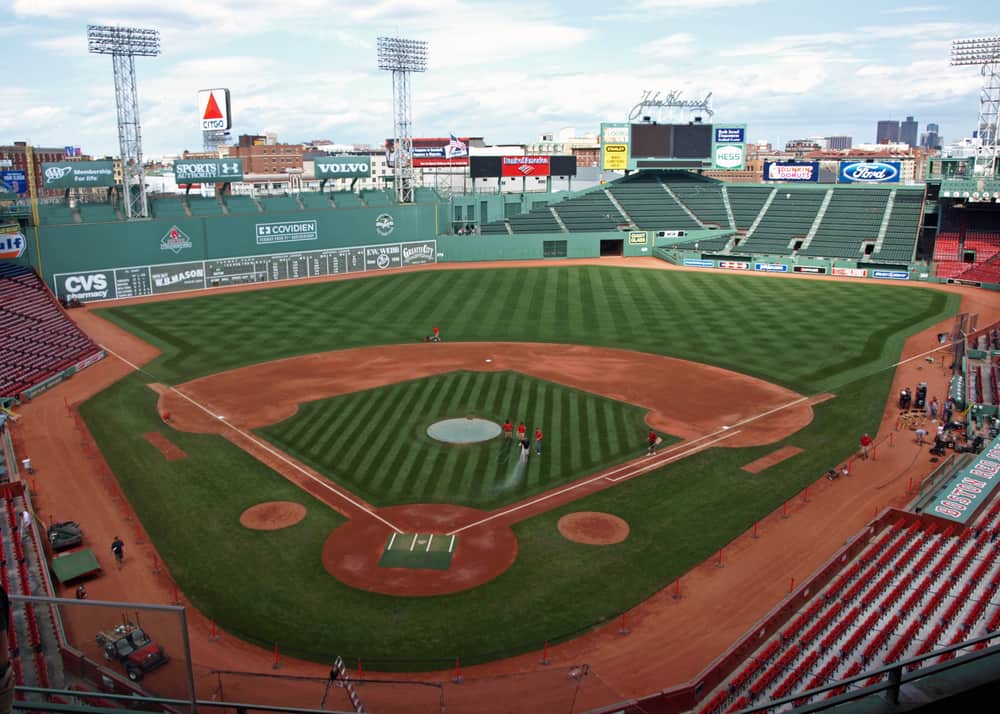
Fenway Park is located in Boston, Massachusetts, and is home to the Boston Red Sox. The ballpark opened in 1912, making it the oldest stadium in Major League Baseball. Fenway Park has a seating capacity of 37,755 people, which makes it the third-smallest stadium in the league. Fenway Park is well-known for its unique features such as the Green Monster, a 37-foot high wall in left field, and Pesky’s Pole, a right field foul pole that is only 302 feet from home plate.
4. Kauffman Stadium
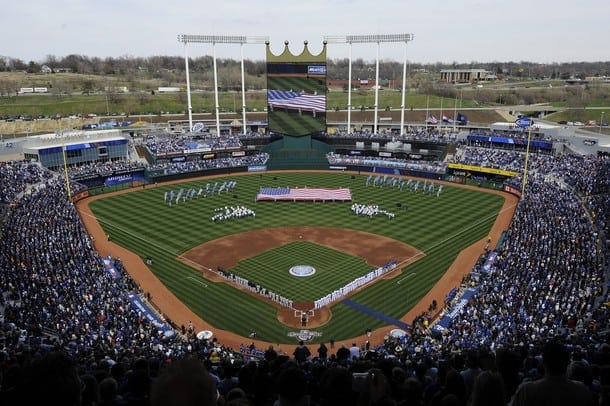
Kauffman Stadium is located in Kansas City, Missouri, and is home to the Kansas City Royals. The stadium opened in 1973 and has a seating capacity of 37,903 people.
Kauffman Stadium is the sixth-oldest ballpark in Major League Baseball and was originally named Royals Stadium. The stadium was renamed in 1993 to honor Ewing Kauffman, the founder of the Royals. The stadium underwent a $250 million renovation in 2010, which included the addition of a Jumbotron, new scoreboards, and improved concessions.
5. Target Field
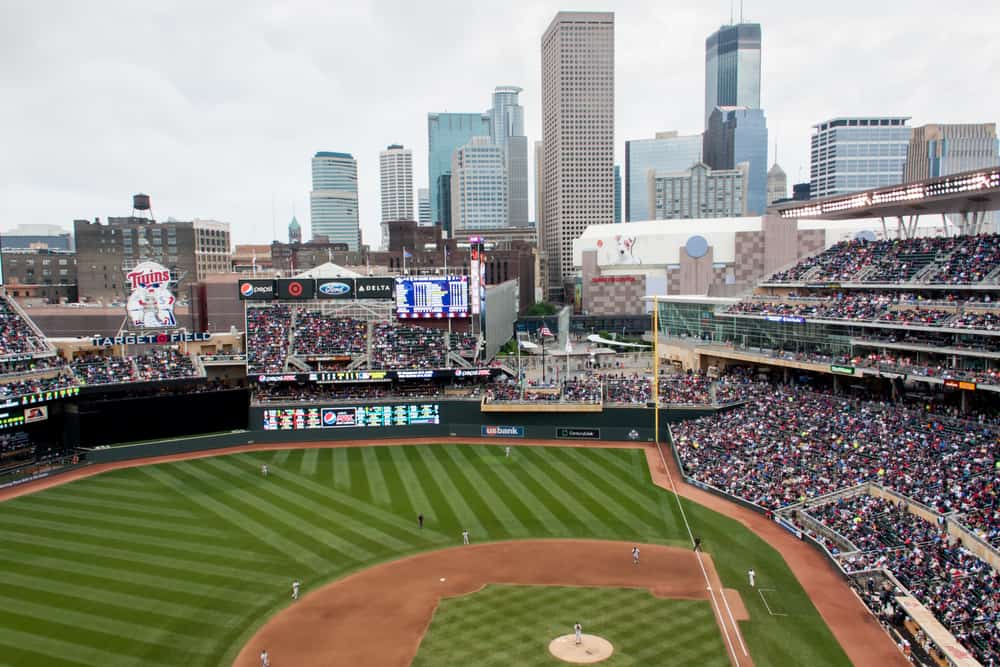
Target Field is located in Minneapolis, Minnesota, and is home to the Minnesota Twins. The ballpark opened in 2010 and has a seating capacity of 38,544 people. Target Field was built at a cost of $522 million and is the second stadium in Major League Baseball to achieve LEED Gold certification. The stadium features a retractable glass door in the center field that opens to reveal the center field concourse and Twins Tower.
6. PNC Park
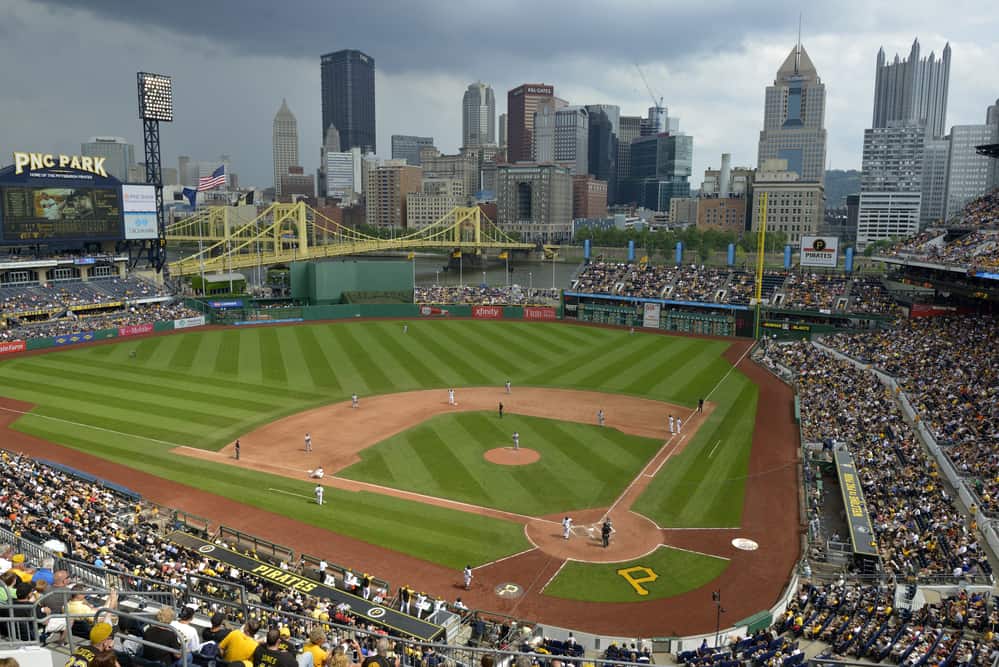
PNC Park is located in Pittsburgh, Pennsylvania, and is home to the Pittsburgh Pirates. The ballpark opened in 2001 and has a seating capacity of 38,747 people. PNC Park was designed to incorporate the city’s three rivers into the ballpark’s design.
7. Petco Park
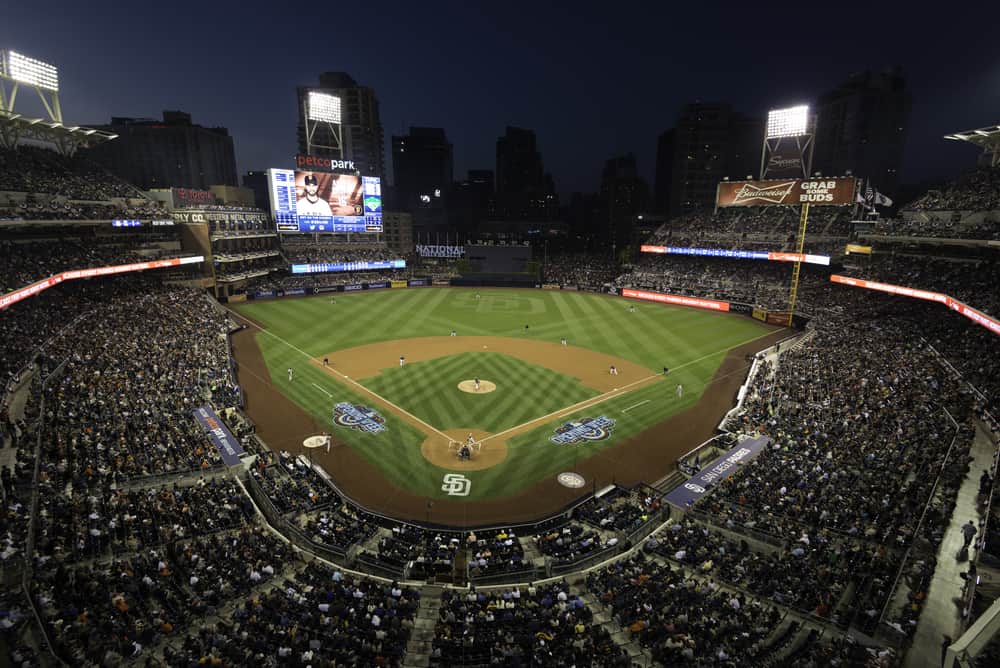
Petco Park is located in San Diego, California, and is home to the San Diego Padres. The ballpark opened in 2004 and has a seating capacity of 40,209 people. The ballpark is located in the downtown area of San Diego and is adjacent to the San Diego Convention Center.
8. Globe Life Field
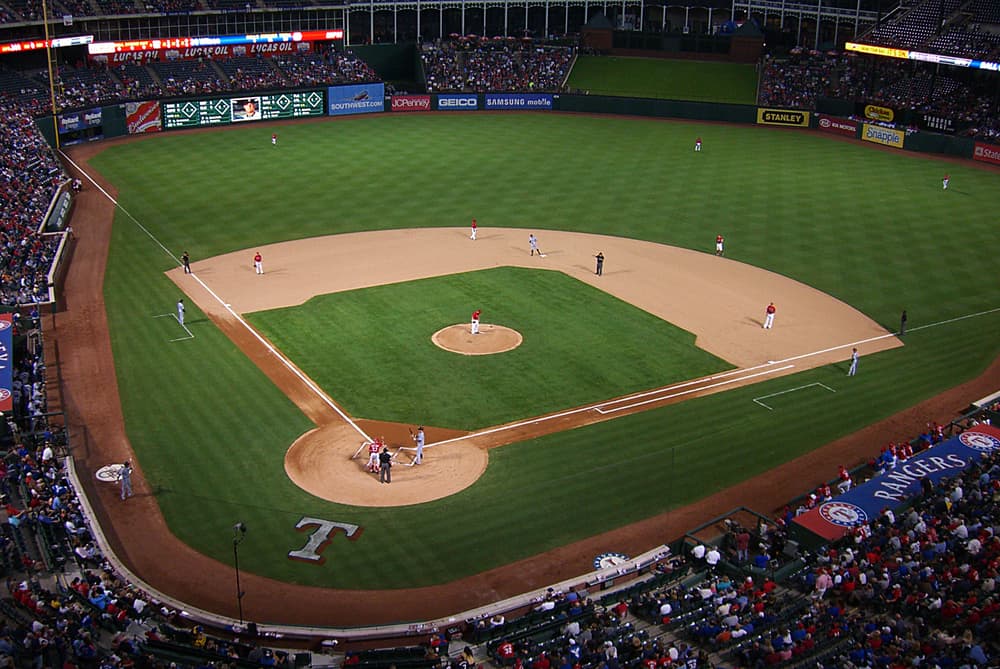
Globe Life Field is a retractable roof stadium located in Arlington, Texas. It is the home of Major League Baseball’s Texas Rangers. The stadium opened in April 2020 and has a seating capacity of 40,300 people. The facility cost $1.2 billion to build and is the most expensive ballpark ever built.
9. Guaranteed Rate Field
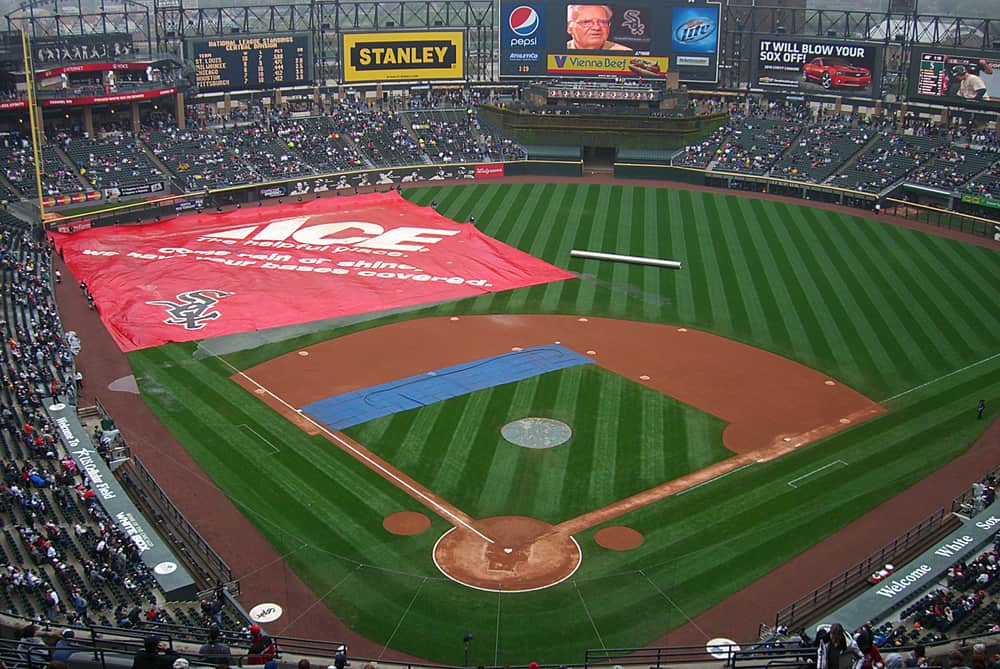
Guaranteed Rate Field is located in Chicago, Illinois, and is home to the Chicago White Sox. The ballpark opened in 1991 and has a seating capacity of 40,615 people. The stadium was originally named Comiskey Park after White Sox owner Charles Comiskey. The name was changed to U.S. Cellular Field in 2003 and then to Guaranteed Rate Field in 2016.
10. Comerica Park
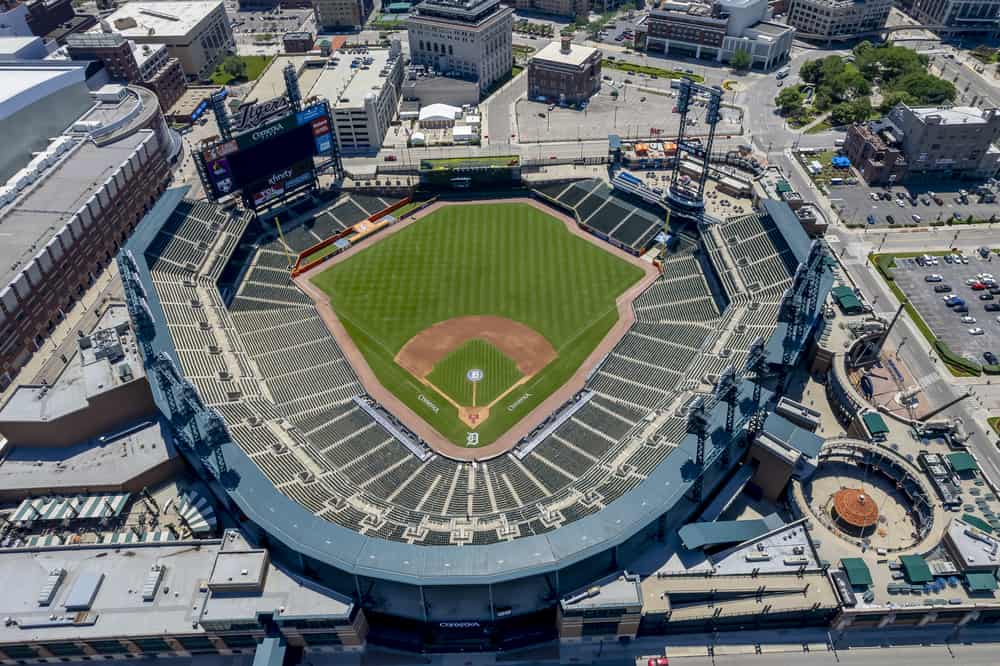
Comerica Park is located in Detroit, Michigan, and is home to the Detroit Tigers. The ballpark opened in 2000 and has a seating capacity of 41,083 people. Comerica Park was built at a cost of $300 million and is one of the most technologically advanced stadiums in Major League Baseball. The stadium features a Ferris wheel, a carousel, and an interactive fountain in the center field.
11. Truist Park
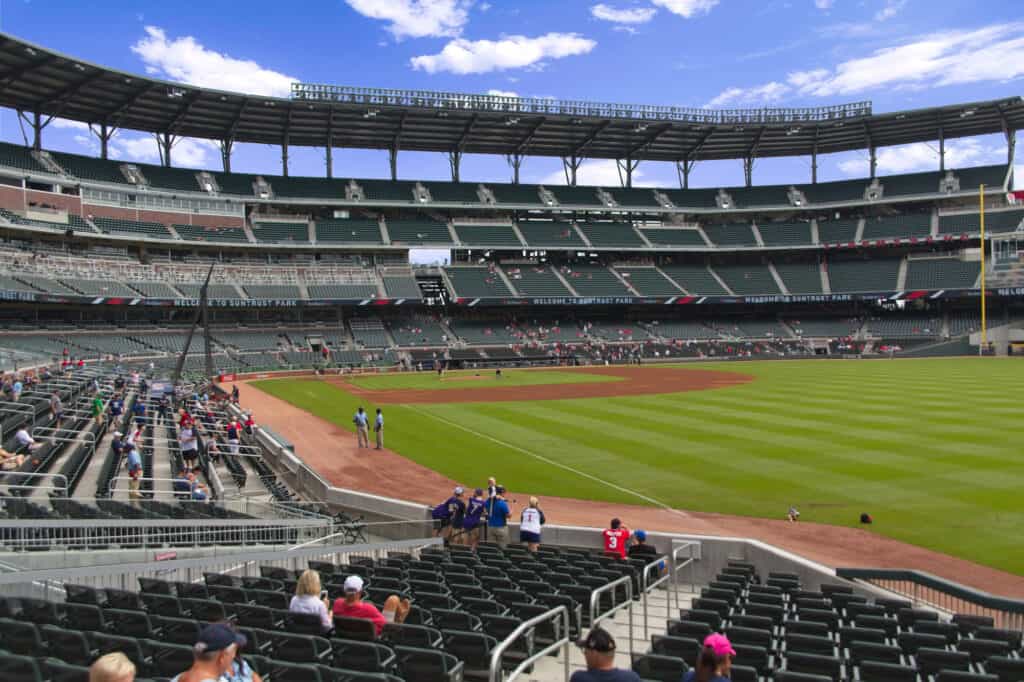
Truist Park is a baseball stadium located in Atlanta, Georgia. It is the home of Major League Baseball’s Atlanta Braves. The ballpark opened in 2017 and has a capacity of 41,084 people. Truist Park was built as a replacement for Turner Field, which was the home of the Braves from 1997 to 2016. The stadium is named Truist Financial Corporation, which merged with SunTrust Banks in 2019.
What is the smallest MLB field?
The smallest field in MLB is Tropicana Field when considering the average outfield wall dimensions. With an average distance of just 356.2 feet from home plate, it has the shortest average outfield dimension.
What is the smallest MLB stadium to hit a home run?
The smallest MLB stadium to hit a home run is Tropicana Field. With an average outfield distance of 356.2 feet, it boasts the shortest average dimension. Batters might find it slightly easier to clear the fences, while outfielders might have less ground to cover.
What is the shortest left field in MLB?
The shortest left field in MLB is Fenway Park with a left field dimension of 310 feet. This iconic park, home to the Boston Red Sox, features the famed “Green Monster” in left field, which compensates for its shorter distance with a significantly higher wall.
What is the shortest right field in MLB?
The shortest right field in MLB is Fenway Park with a right field dimension of 302 feet. This unique feature of Fenway, combined with its short left field, makes it one of the most distinct ballparks in the league.
What is the shortest center field in MLB?
The shortest center field in MLB is Fenway Park at 390 feet. which continues to distinguish itself with its unique field dimensions. While these dimensions might offer certain advantages to hitters, they also pose unique challenges, requiring outfielders to adapt their strategies and positioning.
What is the biggest MLB stadium?
While this article focuses on the smallest MLB stadiums, it’s worth noting the grandeur of the biggest ones. The biggest stadiums in MLB boast impressive capacities, rich histories, and iconic features that make them stand out. If you’re interested in learning more about these colossal ballparks and how they compare, check out our detailed guide on the biggest MLB stadiums.
 Written by Mark Bailey
Written by Mark Bailey